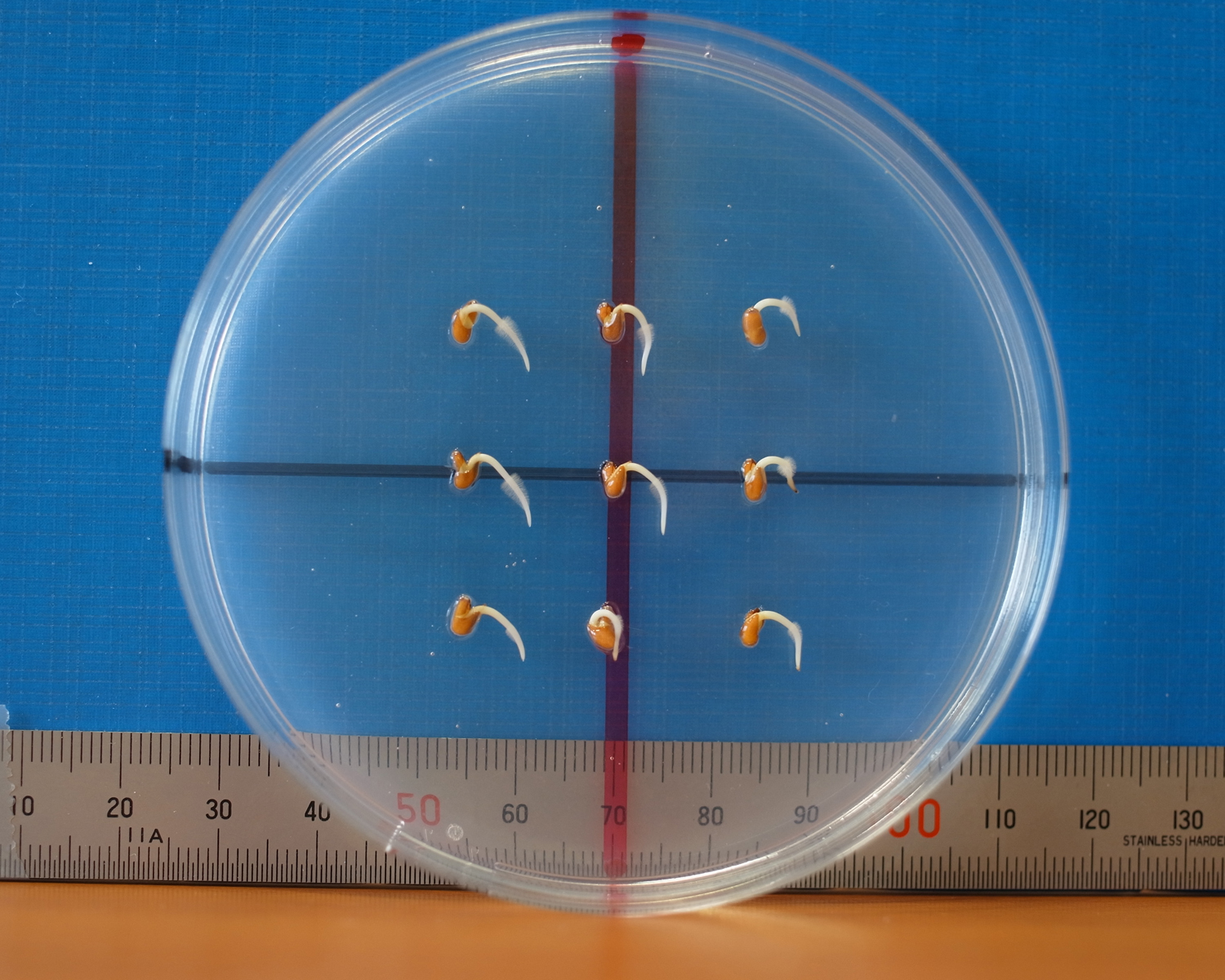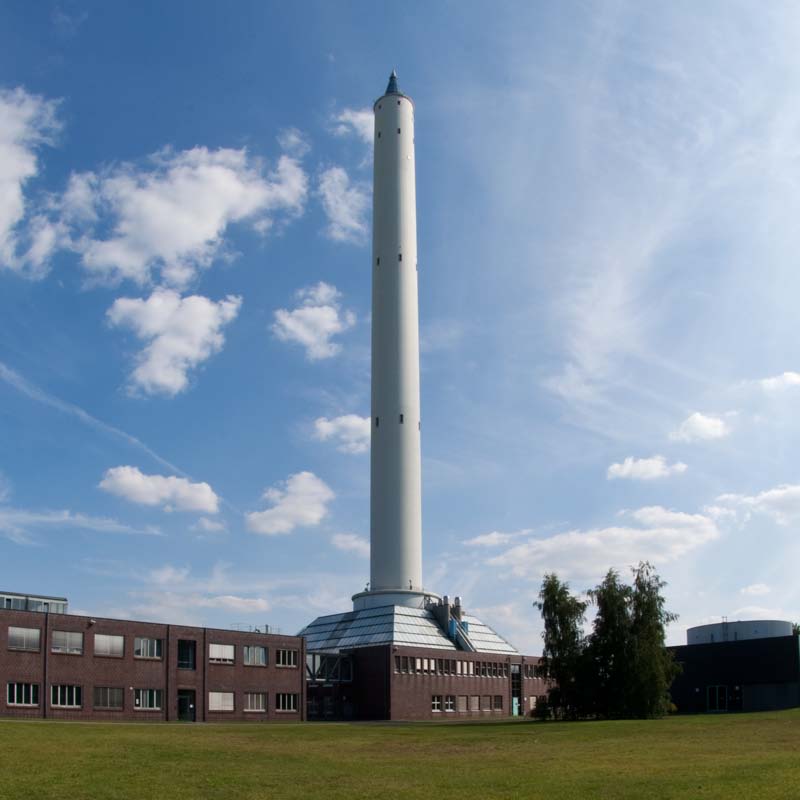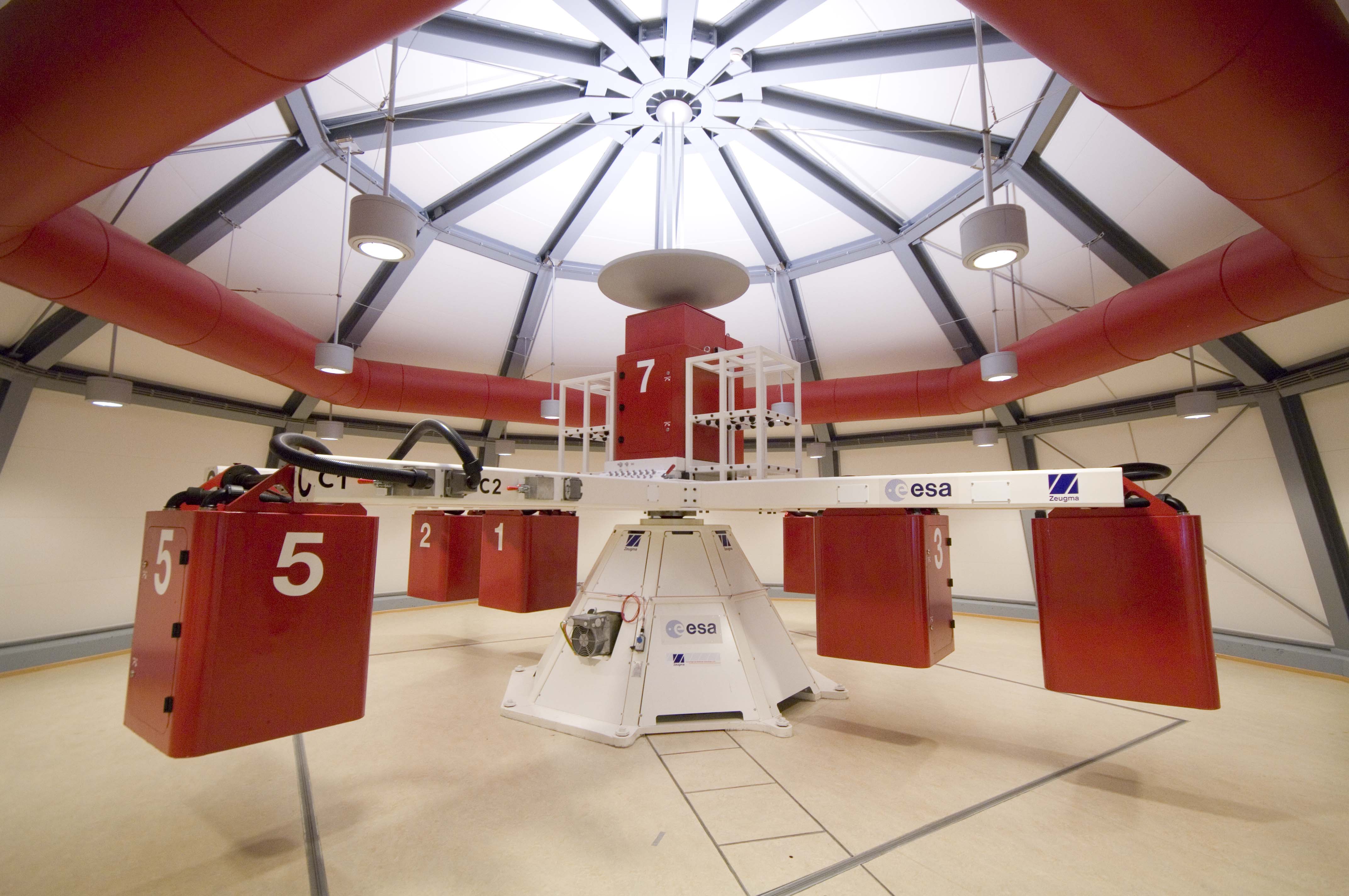Human Space Technology Initiative Ground Based Experiments
The Human Space Technology Initiative is carrying out scientific activities aimed at contributing to promoting space education and research under microgravity conditions around the world, particularly for enhancing capacity-building efforts in developing countries.
Everything that is living and non-living on Earth is exposed to gravity. All life forms evolved under the effects of this constant force. It is an essential factor and stimulus in most physical and physiological phenomena observed on our planet. For microgravity platforms such as drop towers, sounding rockets, spacecraft and the International Space Station, however, the effects of this gravitational force are absent, which allows scientists to examine physical phenomena and the reaction of living cells, small organisms and even the human body in the absence of gravity. This unique environment and the scientific research making use of it will provide new insights into certain phenomena and processes. Understanding how organisms and matter react to gravity and the absence of it may also lead to new applications that benefit humankind. New medical cures and new materials may result from such knowledge. It may also open up the possibility of expanding the human race into space.

Zero-Gravity Instrument Project (ZGIP)
The Zero-Gravity Instrument Project provides unique opportunities for students and researchers to study gravitational effects on samples, such as plant seeds and small organisms, in conditions of simulated microgravity, with hands-on learning in classroom or research activities conducted by each institution. In this project, a fixed number of clinostats (microgravity simulation instruments) are distributed free of charge to qualified schools, universities and research institutes around the world.
The Project is aimed at motivating research institutions to invest in activities in space and microgravity research and fostering a global network of participating institutions in this field. It is also expected to create a data set of experimental results in gravity responses that could contribute to the design of future space experiments and to the advancement of microgravity research.

Fellowship Programme for the Drop Tower Experiment Series (DropTES)
The Drop Tower Experiment Series is a fellowship programme in which students can learn and study microgravity science by performing experiments in a drop tower. The Bremen Drop Tower in Germany is a ground-based laboratory with a drop tube of a height of 146 meters, which can enable short microgravity experiments to be performed in various scientific fields, such as fluid physics, combustion, thermodynamics, material science and biotechnology
In collaboration with the Center of Applied Space Technology and Microgravity (ZARM) and the German Aerospace Center (DLR), the fellowship programme offers a selected research team the opportunity to conduct its own microgravity experiments at the Bremen Drop Tower. The series of experiments will consist of four drops or catapult launches during which approximately 5 and 10 seconds of microgravity, respectively, are produced.

Fellowship Programme on the Large Diameter Centrifuge Hypergravity Experiment Series (HyperGES)
The fellowship programme is aimed at providing opportunities for scientists and researchers with a team of students from Member States of the United Nations with particular attention to developing countries to conduct their own hypergravity experiment series at the Large Diameter Centrifuge (LDC) facility. The facility can provide a hypergravity environment for cells, plants, small animals, physical science and technological experiments. In particular, biology, biochemistry, microbiology, optical physics, material sciences, fluid dynamics, geology and plasma physics investigations can be undertaken in this facility.
The HyperGES is being supported by European Space Agency (ESA), hosted by the European Space Research and Technology Centre (ESTEC) as part of ESA, executed by the United Nations Office for Outer Space Affairs (UNOOSA), and implemented through strong collaboration among UNOOSA, ESA, ESTEC, potential applicants and their organizations from Member States of the United Nations.